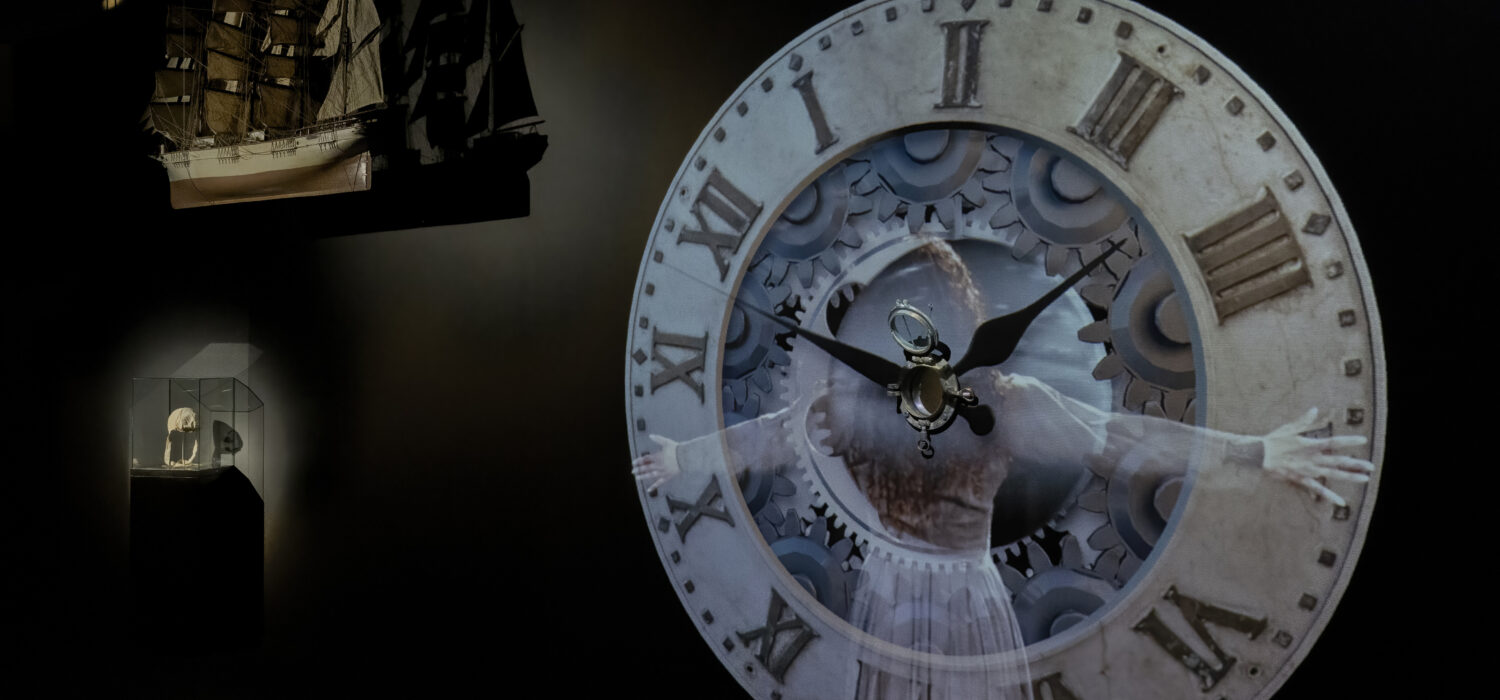19th century
The city grows dramatically and becomes one of the country's leaders in herring fishing and shipping. The population increases twelvefold over the century, and the city buzzes with life, attracting young men and women from Jæren and Ryfylke. However, the city is not equipped to handle the population explosion.
There is no organised sanitation, water, or sewage system, and people live in close quarters. The city reeks. The overcrowded immigrant quarters in the eastern part of the city, where epidemics like measles spread rapidly, are marked by high infant mortality. More than half of the funerals in the city are children's funerals.
Although a few in the city become wealthy from herring and shipping, the vast majority have to work hard for little money. In Blåsenborg, it is not uncommon for 20-25 people to live in one house.
The herring season dictates much of the work, and during off-seasons, many are unemployed. Alcohol consumption increases significantly when many have time off. Alcohol is served everywhere.
The number of poor people rises in line with the population increase and becomes an ever-growing challenge. The asylum called Den kombinerede Indretning is built to solve the city's social problems. Here, the poor, prostitutes, beggars, and the sick are crowded together in the hope that it will be easier to manage "society's burdens" by keeping them in one place.
After the great fire of 1860, which consumes over 200 houses, it is decided that the city must establish a waterworks and gasworks. Five years later, people can draw water from taps in their own homes and cook on gas stoves by the light of gas lamps. The streets are also illuminated by 150 gas lanterns.
Stavanger has always been a seafaring town, with waterways as the primary transport route. Building and equipping fishing vessels and large sailing ships provide work for hundreds of shipyard workers, rope makers, sailmakers, and other craftsmen.
At the beginning of the century, the roads are poor, and most goods are transported between Stavanger and Jæren by packhorses. The cultivated area in Jæren doubles between 1830 and 1860, and it is the Jæren municipalities that first take the initiative to establish a railway. In 1878, the Jæren Line opens between Stavanger and Egersund, significantly reducing the distance between the city and its hinterland, also because postal deliveries, previously carried out by packhorse, are now handled by daily train services.
The church is still an integral part of city life, accompanying citizens throughout their lives, from baptism, confirmation, and marriage to burial. At the same time, the community receives many influences from abroad via sailors and missionaries.
Through mission work, there is particularly strong contact with countries such as South Africa, Madagascar, Israel, and China. Others travel to America in search of a better life. Letters from America and mission magazines create close connections between those who leave and those who stay behind. For many, Minnesota and Madagascar become more familiar than cities in Norway. At Stavanger Museum, locals can see collections of exotic objects and animals that sailors and missionaries bring back from their travels.
America attracts many when Stavanger enters an economic crisis in the 1880s. More than 10,000 Stavanger residents emigrate to America. Those who stay in Stavanger witness the city's transformation around the turn of the century: the breakthrough of the canning industry.
